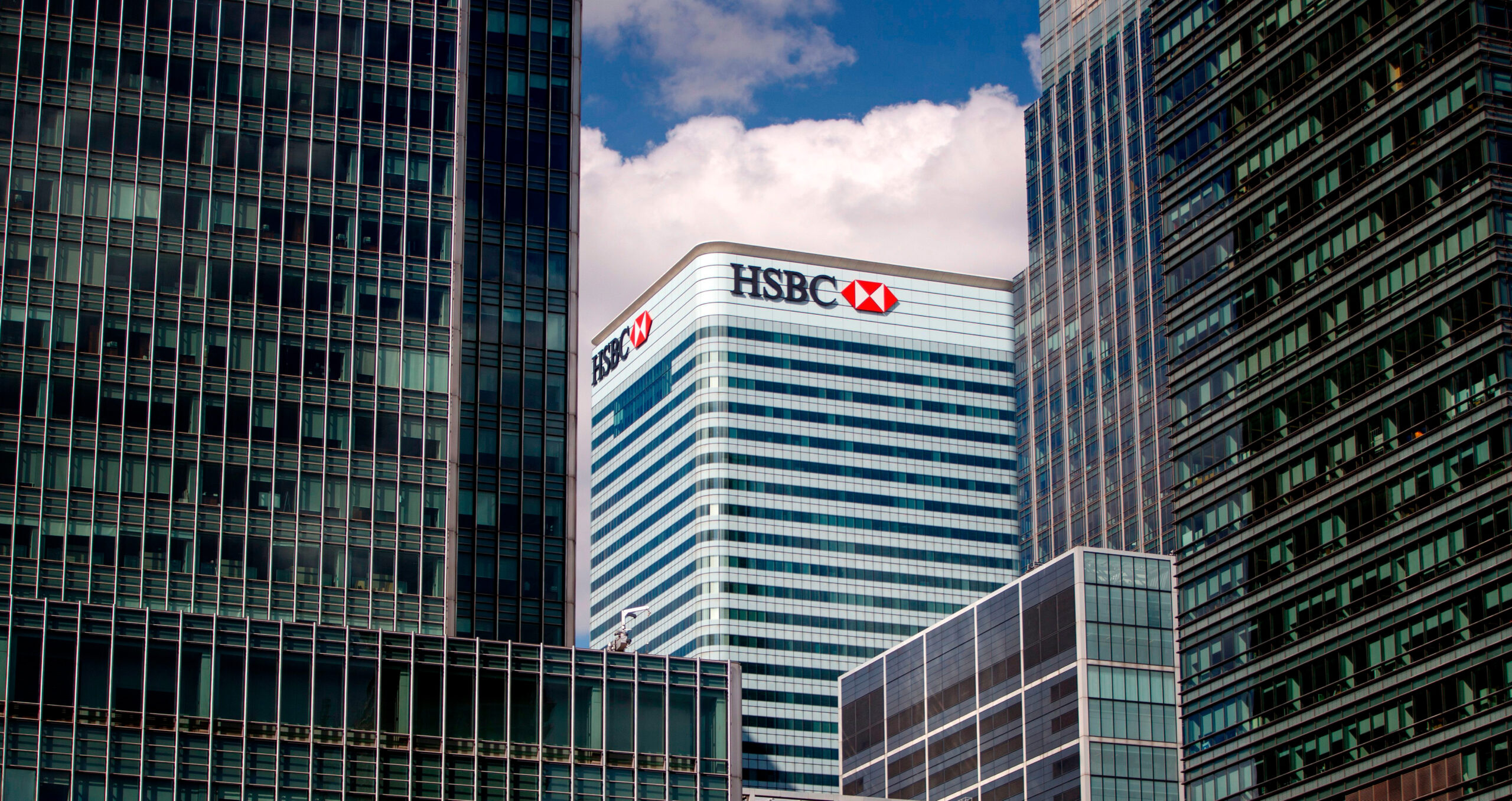

While retail customers may value a bank’s green credentials, ultimately this sways their choices less than more pragmatic factors, such as rates. With this in mind, banks should focus first on other drivers of customer brand consideration.
A few weeks ago, the UK’s Advertising Standards Authority banned a series of climate-orientated adverts by HSBC for misleading the public. The advertising watchdog concluded that the adverts failed to disclose material information regarding HSBC’s financing of projects that many experts argue contribute to the climate crisis. This could raise the question: why are HSBC – and other UK banks – choosing to advertise around green themes?
Data from Brand Finance’s UK consumer banking survey shows that, out of all UK banking brands surveyed, HSBC ranks 16th and 19th respectively, for the metrics ‘cares about community’ and ‘committed to sustainability’. This indicates the bank and its brand have a customer perception problem.
Interestingly, banks not necessarily positioning themselves as being ‘traditional’ banks – such as the Co-operative Bank, Nationwide Building Society and Coventry Building Society – are performing well in the community metric. Meanwhile, neobanks – which do not have the physical footprint and historic baggage of traditional banks – are performing well in the sustainability metric.
Making sense of the numbers
Readers looking at this data might think it is not a significant issue that a bank scores poorly on green metrics, given the nature of the services banks provide. Unlike industries such as automobiles, emissions cannot be assessed directly by the consumer.
However, Brand Finance’s brand reputation scores for UK banks among UK consumers show that green scores are correlated with overall reputation: Nationwide (7.3/10), Starling (7.2/10), Revolut (7.2/10) and Monzo (7.1/10), which all have strong green scores, lead the market. HSBC languishes in 18th place with an average reputation score of just 6.2 out of 10.
Anecdotally, there appears to be a connection between green perceptions and reputation. It is, therefore, no surprise that HSBC is attempting to rectify the situation by running advertising campaigns around its green positioning.
However, one must pose a more commercially minded question when it comes to green metrics: does a banking brand’s green efforts impact consumer choice and drive business performance?
If we look at the Brand Finance data, running a regression analysis on what are typically known as ‘brand drivers’ allows us to see which attributes are the most important in driving consumer consideration – and, by extension, customer acquisition.
We can take the analysis one step further by comparing HSBC’s performance against the importance of each image attribute.
While the bank does not perform well in the community and sustainability metrics, those metrics are not the most important when driving consumer choice. The data shows that HSBC also underperforms in the most important metrics in the eyes of the consumer: ‘good value for money’, ‘easy to deal with’, ‘open and honest’, and ‘excellent websites/apps’. It is the bank’s underperformance in these areas that is leading to lower consideration and reputation among its UK consumers.
This result is a classic example of consumers’ stated good intentions to support causes such as sustainability being overtaken by more pragmatic concerns. When push comes to shove, a bank offering better rates, service or products will generally win greater market share.
One may argue that there is often a gap between stated (or derived) importance and actual consumer behaviour. However, data supplied by the current account switching service in the UK, which tracked net current account gains over the same period of Brand Finance’s banking research (October–December 2021), showed that HSBC ranked 20th out of 20 banks, with a net account loss of 19,760. Nationwide ranked first over the same period, with a net gain of 33,828 accounts.
However, according to research conducted by Brand Finance, business customers (or B2B customers) are much more concerned about a banking brand’s credibility in green metrics (commitment to sustainability ranks ninth out of 18 metrics in brand drivers of consideration).
The B2B segment perhaps provides more credible ways in which a brand can demonstrate its green credentials (for example, funding of green projects or underwriting green bonds) than in the consumer space. This is why we see greater importance placed on green metrics among B2B customers.
The profitability factor
Ultimately, banks must balance the pursuit of sustainable practices with the ability to make a profit. If we look at the return on equity of UK banks in the 2021 fiscal year as a measure of profitability, the data appears to indicate mixed results when sustainability perceptions are also taken into account.
For example, HSBC (7.2 per cent ROE) is more profitable than Nationwide (4.6 per cent ROE), despite Nationwide having the best reputation in the market and the highest net account acquisitions. Meanwhile, Starling (15.7 per cent ROE), Halifax (13.9 per cent) and the Co-operative Bank (13.4 per cent) are highly reputable and highly profitable.
HSBC itself is unlikely to be too concerned about the volume of accounts switching away from it, as the hypothesis here is that these are very low-value customers, with low deposits and uncomplicated banking needs (and so are not a priority). But it is likely to be swayed by the profitability data.
What the above analysis confirms is that, first and foremost, banking brands should focus on being good banks. Only then should they take the opportunity to show their green credentials and to differentiate their brand’s products and services from those of their competitors.
Declan Ahern is director, financial service, at consultancy Brand Finance.
An earlier version of this article appeared in The Banker.
Photo credit: Getty
Similar Articles

How CBAMs can reduce emissions without causing geopolitical strife

Earth Day: London’s spirit of innovation can lead the net zero push


